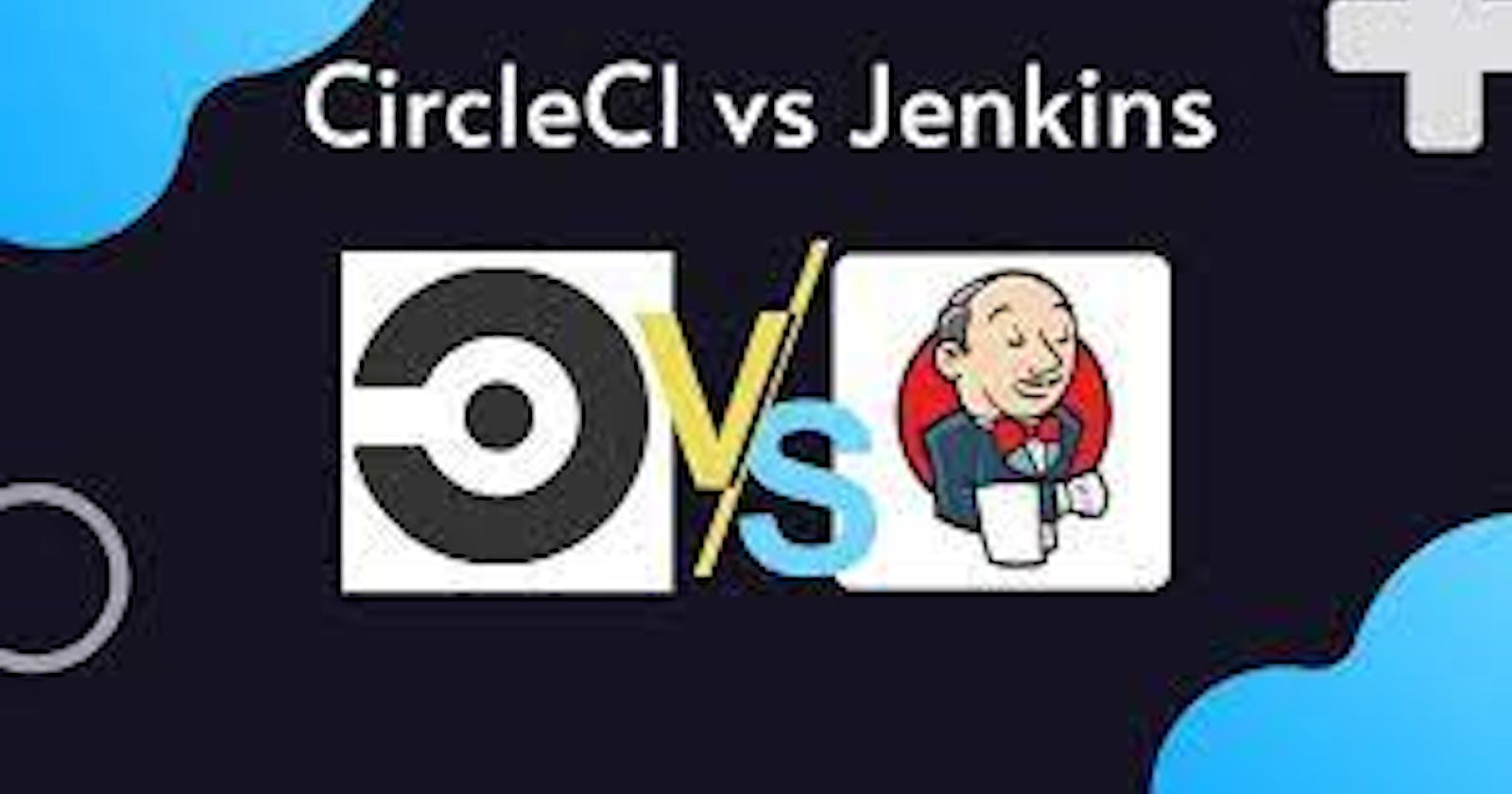Jenkins and CircleCI are both popular tools for implementing continuous integration and continuous delivery (CI/CD) processes. They help automate the building, testing, and deployment of software applications. Let's consider a hypothetical scenario of a web application development team.
Jenkins: Jenkins is an open-source automation server that has been around for a long time and offers extensive flexibility and customization options. Think of Jenkins as a toolbox that allows you to build your CI/CD pipeline exactly the way you want.
In our example, let's say the development team is using Jenkins. They have set up a Jenkins server on their infrastructure. They start by creating a Jenkins job for their web application. They define the necessary steps in the pipeline, such as checking out the source code from the version control system (e.g., Git), building the application, running tests, and deploying to different environments.
Jenkins provides a wide range of plugins that can be integrated into the pipeline. For example, they can use plugins for source code management, unit testing frameworks, code quality analysis, and deployment tools. These plugins allow them to customize their pipeline according to their specific requirements.
The team can also leverage Jenkins' extensibility to add custom scripts or integrations with other tools they use in their development workflow. They have full control over the infrastructure and can configure distributed builds across multiple agents or machines if needed.
CircleCI: CircleCI, on the other hand, is a cloud-based CI/CD platform that aims to simplify the setup and management of CI/CD pipelines. It provides a streamlined and intuitive user interface that makes it easy for teams to get started quickly.
In our example, let's imagine another development team that uses CircleCI. They sign up for a CircleCI account and connect it to their project's repository (e.g., GitHub). They define a configuration file (e.g., .circleci/config.yml) that describes their CI/CD pipeline steps.
CircleCI automatically detects changes in the repository and triggers the pipeline whenever new code is pushed. It starts by checking out the source code, running the build, executing tests, and deploying the application to the desired environment.
CircleCI offers a curated set of pre-configured environments, or "executors," that come with pre-installed tools and dependencies. This simplifies the setup process, as the team doesn't need to manage infrastructure or agents themselves.
They can customize their pipeline by specifying additional steps or integrations within the configuration file. CircleCI integrates well with popular tools and services, such as cloud providers, databases, or notification services, which can be easily added to the pipeline using built-in integrations.
Comparison:
Jenkins is a more customizable and extensible tool, but it requires more effort to set up and maintain. CircleCI, on the other hand, provides a more streamlined experience and requires less effort to get started, but it may not provide as much flexibility for complex use cases.
if you are working on a large and complex project that requires a high degree of customization, Jenkins may be the better choice. However, if you are working on a smaller project and want to get started quickly and easily, CircleCI may be a better fit. Ultimately, the choice between the two tools depends on your specific needs and requirements.
